Okay, if you’ve been on the internet for a while, you might have heard of this word called SEO.
I know – SEO sounds complicated.
And because I have been doing so many blogging coaching sessions, I have come to realize that most bloggers really hate SEO.
It sounds tedious and somewhat sucks out the fun of blogging.
That’s why I am writing this post.
I want to make SEO easy and bite-sized.
It needs to be understandable so that you enjoy writing blog posts.
So, get yourself a cup of tea or hot chocolate, and let’s sit together like old people and discuss this dreadful word – SEO.
But before that, really quick:
My name is Angela, and I’ve been blogging since 2018 – I have 4 additional blogs/websites that have nothing to do with blogging. I experiment frequently with SEO and types of content so that I can report to you what works and what isn’t working.
If you want blogging to be more fun and more simplified, please join my SEO email course so you can keep up with my weekly newsletters.
And I send really fun emails – not to toot my own horn or anything.
Also, every penny earned via this blog goes to maintaining my dogs’ lifestyle – these 2 cherubs are my whole life and I live to pamper my little princesses. So, this post might contain affiliate links – and I make a commission at no extra cost to you if you decide to buy something.
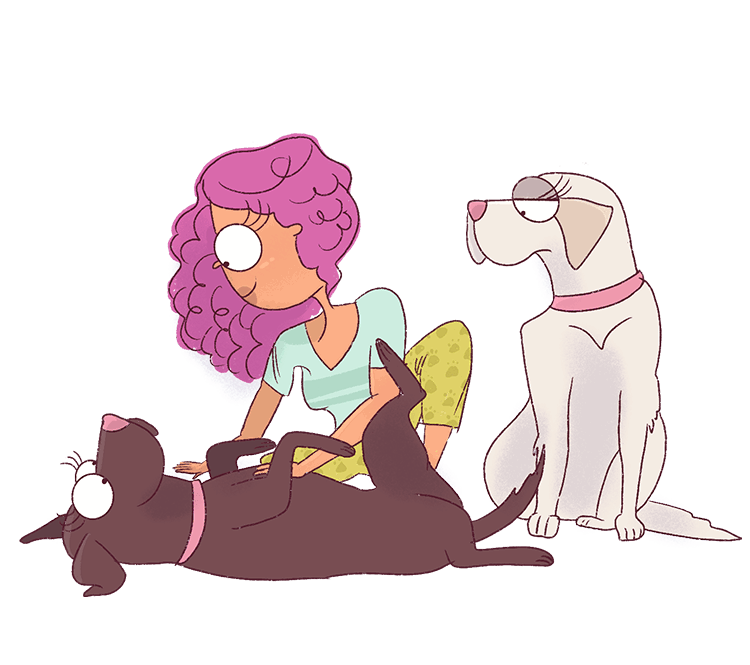 Before I dive deep into SEO, let me explain a few things – this is crucial to understanding the foundation of SEO.
Before I dive deep into SEO, let me explain a few things – this is crucial to understanding the foundation of SEO.
What in blazes is SEO?
SEO (a.k.a Search Engine Optimization) basically means you are optimizing your website and your blog posts for Search Engines.
Let me put it easily.
Most people arrange their books in some manner to find what they’re looking for easily – correct?

You may have the following categories:
- Horror and Thriller
- Adventure
- Fantasy and Fiction
- Graphic Novels
So, when you look for a graphic novel, you know where to look.
Now, each category can mix with the others as well.
For example, you can have a graphic novel that’s also fantasy fiction or a fantasy fiction that is also adventure.
SEO cannot be imagined as parallel lines – it’s like a web of many intersections.
How does Google work?
Likewise, Google looks through all the content bloggers write and then organizes them methodically into different sections.
This is called crawling (when it’s peeking at your content) and indexing (when it adds your blog post to its pages).
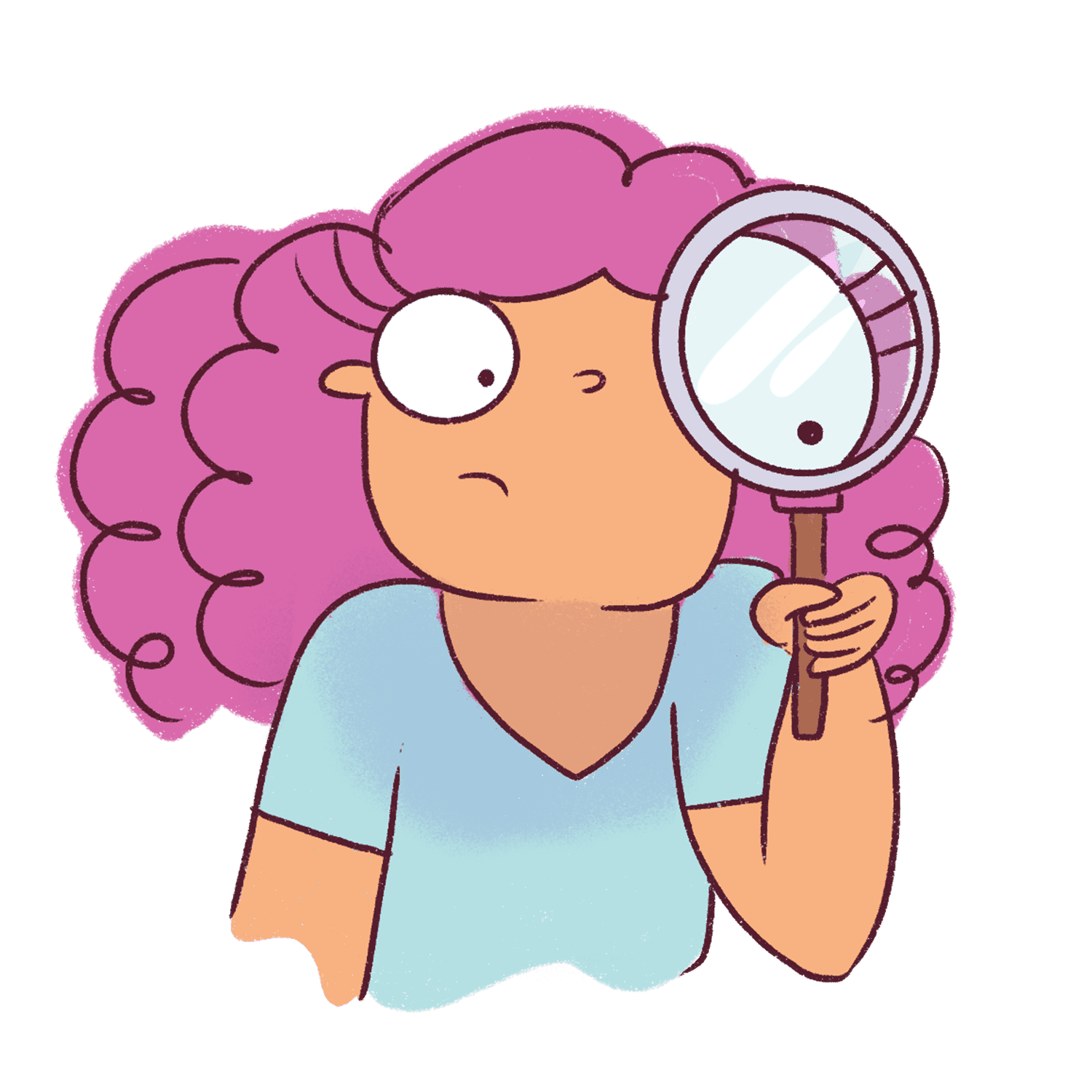
So, if your content is crawled but not indexed, it means that Google looked through your content but did not add it to its Index.
Meaning your blog post is definitely available on your blog but it won’t be found on Google Search.
Now, I’ll explain why later, but I just need you to understand the terms.
Your blog post can also rank for several different queries.
For instance, if I write a post on “how to clean a pool,” Google will rank my post for queries like:
- how to clean a pool
- how to clean a swimming pool manually
- how to clean a swimming pool without a machine
- how to clean a dirty pool
What does this mean?
Every blog post you write has a chance of ranking for several different combinations of keywords.
Awesome right?
What do you need to keep in mind when blogging?
You can have any website you want.
But the more focused you are in a niche, the more your blog will do better.
Let me explain.
Let’s say you’re going through a breakup.
You will want to speak to a therapist who is a relationship expert.
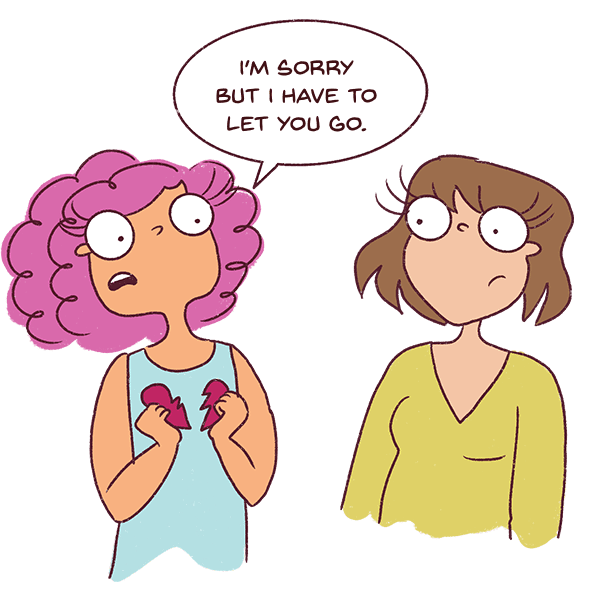
You wouldn’t want to go to a general doctor who is good at everything – correct?
This is because nobody can be excellent at everything.
We have our strengths, and people usually identify a website with 1 type of strength.
So, let’s say you are an amazing gardener and painter.
You cannot and should not build a blog with both topics – it doesn’t make sense.
People who paint will look at your plant posts and ask, “What the heck is this?”
And likewise for the people who love plants.
So, what should you do if you want to blog about both topics?
Build 2 different websites.
This is why I keep my hair posts on my hair blog, www.simplyhappyhair.com, and my drawing posts on my drawing blog, www.drawcartoonstyle.com
I don’t mix the two – no, no.
The interests don’t overlap easily.
Of course, I have “how to draw hair” posts on my drawing blog – but again, it makes more sense to keep the blogs separate.
However, two niches can overlap, and you can build a website with a common interest.
You can also blog about both – cats and dogs if you want to cover household pets that people keep.

Another example could be budgeting and finance, because people who want to make money also want to save money – the interests overlap.
You can also combine farming, animal husbandry, and gardening because many people who have farms also do gardening.
Do you see what I’m getting at?
For instance, in my relationship blog, I also blog about loving yourself and being single because it all contributes to having a good relationship with yourself and others.
So, if you want to blog about 2-3 topics, ensure they are related.
This is beneficial for two reasons:
- It’s easier for Google (and other search engines) to understand what you’re blogging about – Crawling and Indexing becomes faster
- It’s easier for people to read your blog (if all the posts are similar, people will read 2-3 blog posts out of interest) – increasing and doubling your traffic – and increasing your ad revenue.
- Making money becomes easier – people who land on your blog will obviously be interested in the niche, so they will click and buy things, leading to better conversions.
At the end of the day, you need to focus on keeping it simple.
Redundancy is good in blogging.
SEO for beginners – How to Implement SEO without losing your mind?
Alrighty, now that I’ve covered some basic tips, let’s understand a little bit about SEO.
1. Pay more attention to topics
Many years ago (in Bethlehem), Google paid attention to keywords.
The meaning of “how to bake a chocolate cake” centered more on the keyword and paragraphs relating to the word.
Of course, we, being human beings, exploited this and started inserting “chocolate cake” all over the blog post just to rank.
So, Google had to get smarter.
So, now, to rank for “how to bake a chocolate cake,” you have to write a recipe and really make it very personal – it shouldn’t be just the ingredients and recipe. You can add tips at the end to get a soft cake, give variations, and link to other chocolate cake recipes on your blog that have more variations, like fudge, frosting, etc.
Damn, I got hungry.
Let me get some cake and be right back.
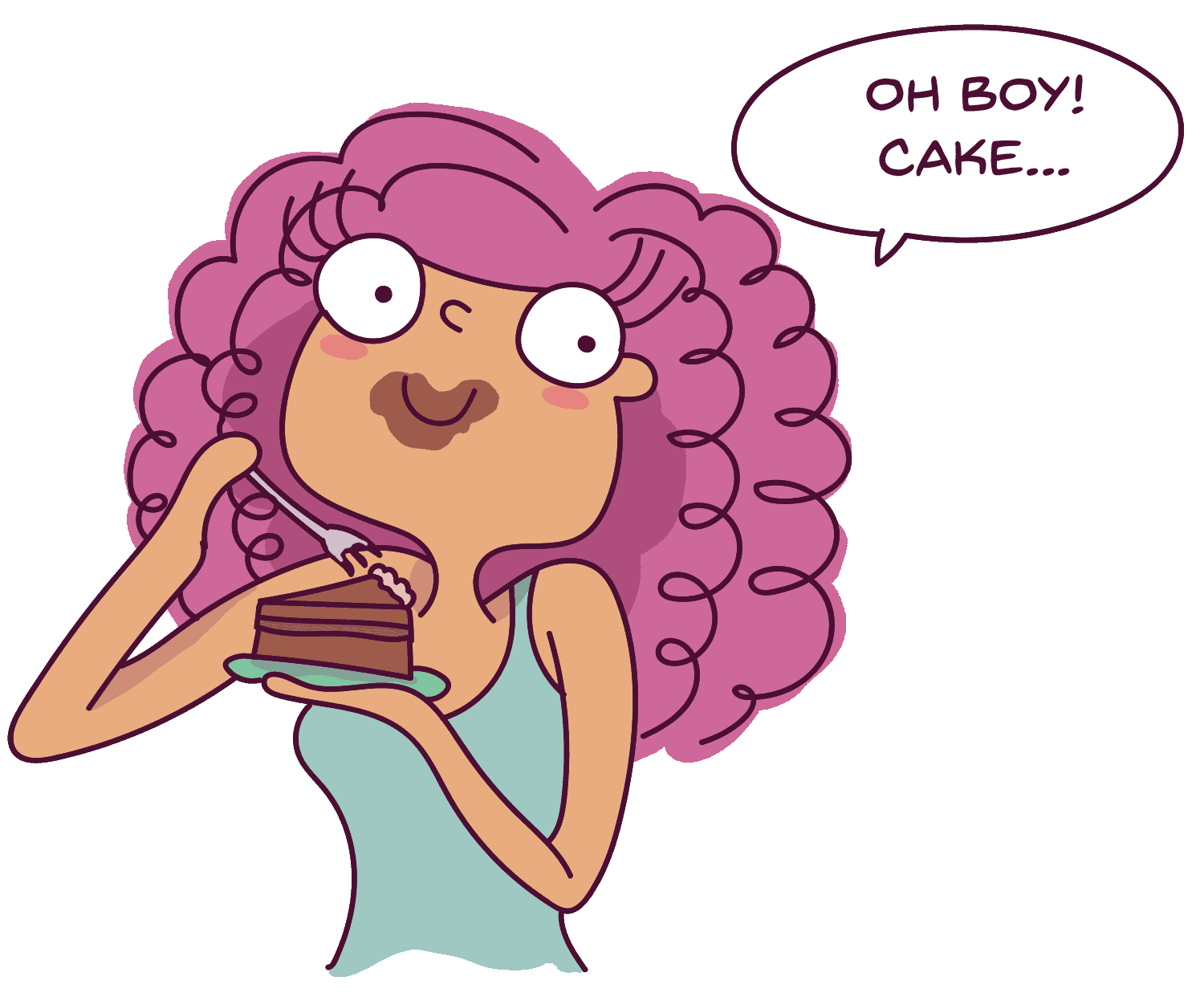
Okay.
This goes for any post you write.
You don’t need to keyword stuff – write the post naturally.
Think about the person writing the query in Google and really think about what topics you need to cover to answer their question properly.
For instance, someone typing “how to get over a cheating husband” may want to see the following topics inside your blog post:
- Acknowledging the hurt and pain
- How to handle divorce (if you decide to leave your cheating husband)
- What to do about kids or pets?
- How to handle the communication with the ex
- How to move on in life
- How to find meaning and rediscover joy in your life
- Attending therapy
By covering all the topics, Google understands you’re being thorough.
This is the first step to understanding SEO – your post should be comprehensive and detailed and answer the question.
2. Every post you write on your blog should be focused on a seed keyword
Let’s say you’re drawing a blank.

You don’t know what to write.
You started a blog, and you’re clueless.
What do you do?
Think of seed keywords.
Think about how you can expand your blog like a book – it needs to become an Encyclopedia of knowledge on the topic.
For instance, if you have a parenting blog, a few good seed keywords are:
- Parenting tips
- Newborn care
- Toddler development
- Discipline techniques
- Sleep training
- Potty training
- Positive parenting
- Child behavior
- Healthy eating for kids
- Educational activities for children
- Parenting hacks
- Parenting styles
Now that you have seed keywords – you can think of a topic to blog about!
It also becomes easier to have categories in your blog.
Once you have a seed keyword, you can use a Keyword tool to develop blog post ideas.
I currently use Ahrefs but it’s too expensive and I do not recommend it for beginner bloggers – I recommend using KeySearch because it’s genuinely a very good tool and helps you pick topics that are easy to rank for. Use KSDISC to get it for 20% off.
I explain more about seed keywords and coming up with blog topics in my eBook – Start a Blog from Scratch. Use the coupon code FATBUNNY to get it at 20% off!
3. Understand search intent
When you write a blog post on a topic, think about the user.
What are they really asking?
What do they really want to know?
Think for a while.
Take a break from the computer and then come back.

If you’re struggling with the answer, type the query in Google and read the first 10 posts (SERPS) on the page.
- Are you seeing list posts? That means Google wants a list.
- Are you seeing only tutorials and humongous guides? That means Google wants an in-depth guide as the answer.
- Are you only seeing YouTube videos? Skip the topic because it means that, more likely than not, Google ranks videos since people prefer videos for this topic.
-
Are you only seeing e-commerce stores? This means people are simply looking to shop directly and not really “READ” a blog post.
If none of the answers are REALLY answering the question properly and you feel you can do a better job – write the damn blog post.
You have a voice and contribute something special – do it.
4. Write a good outline
Remember that your article will initially rank for the topic you’ve chosen to write about.
But remember what I said earlier?
That your article will eventually rank for other keyword variations and search phrases?
This is why you must cover many angles in your blog post.
You have to think about related questions and closely related sub-topics.
This will help you cover the topic in-depth and rank for other queries too!
Take your time to write the outline.
I try to include 3-5 sub-headings in my post (these are in H2)
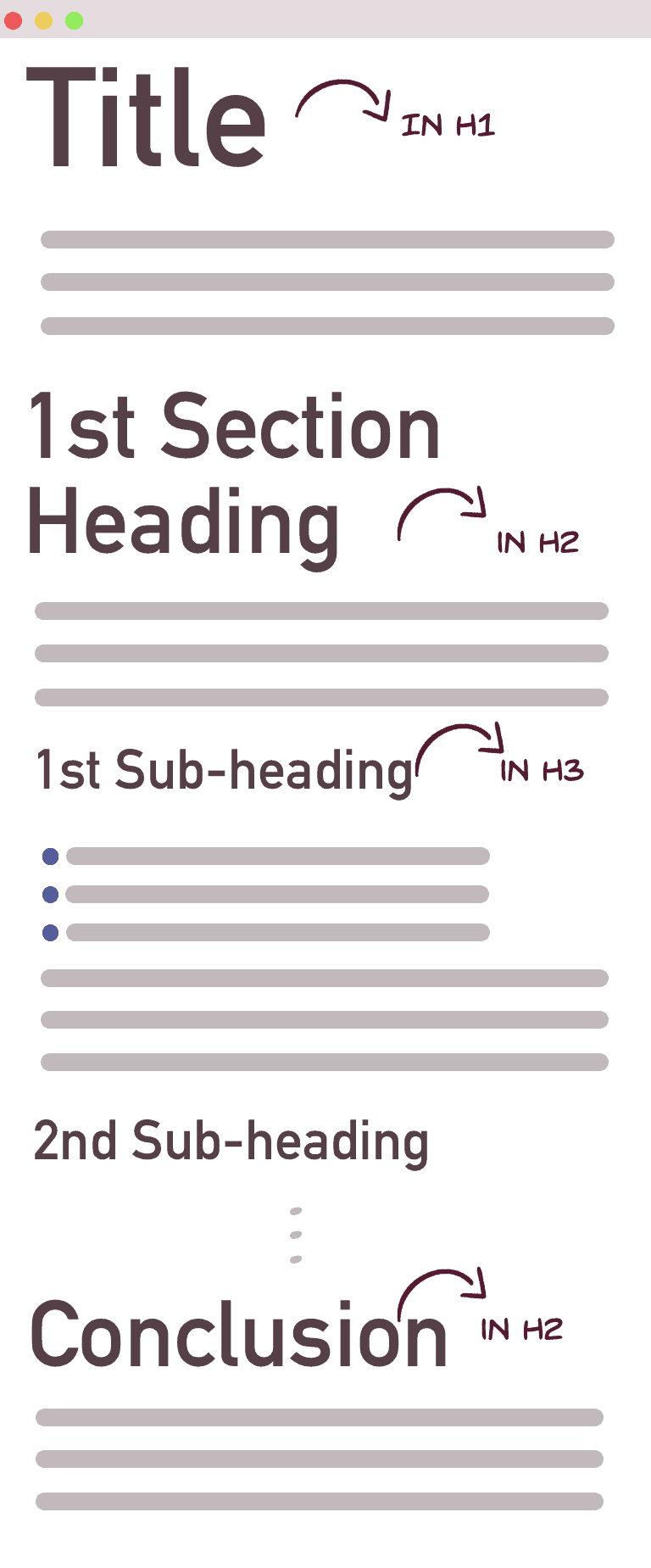
Once you’re done with that, go to Google and start researching. Put each sub-heading in Google search to see what comes up. Is more information necessary?
For instance, when I talked about the different types of toxic communication on Mind Space Cafe, I noticed that no blog post covered the basic definition.
What is toxic communication?
So, I included that header and wrote a definition – I won the snippet. I also realized that a person researching this might be looking for ways to solve the problem – obviously.
So, the blog post talks about the different communication issues and then includes advice on how to deal with it.
I include workarounds and examples to highlight each point.
Does this take time? You betcha.
Is it worth it? YES!
Please read my post on how to write a blog post fast – I cover my whole process in that post.
5. Format your post for Search Engines
Once you’re done writing the post, put relevant keywords all throughout the post.
Include it in:
- The title of your post
- In the headings and sub-headings
- In your permalink (URL)
- In the first 200 words of your blog post
- In your images (alt-tag of the images)
Finally, at the end of your blog post, link to relevant blog posts inside your blog and add 1 external link to another website – to show that you don’t mind linking to resources outside your blog.
Adding one external link helps you because:
- Google understands you’re being resourceful and are trying to enhance the reader’s knowledge
- It helps spread the love – you’re linking to somebody else in the same niche as you and doing a good deed.
6. Edit your post
Once you’re done writing your post, don’t hit publish immediately.
I’m lazy, and I sometimes just feel like publishing – I know how it feels to just want to publish.
But edit sweet pea.
Please.
Make sure that your post is well-structured:
- Did you write an introduction that hooks the reader to read more? Is it short? It shouldn’t be more than 200 words.
- Is your post divided into relevant sections?
- Have you used H2 and H3 headers throughout?
- Did you use bulletin points to break away from large text groups wherever necessary?
- Did you add an image in every 300 words to make reading easy?
- Can you embed a YouTube video to make this post easier to go through? (Embedding a video in your blog post keeps readers on your page for longer, hiking up ad revenue)
- Did you end with a nice and cute summary or conclusion?
Then hit publish.
I have a post here on SEO mistakes you should avoid, so read this post for more info.
Okay?
Okay.
7. Write relevant posts
When I was writing my post on how to draw curly hair, I noticed that I could also write a post on how to draw straight hair.
I did.
It helped boost my SEO because Google now sees that I cover 2 types of drawing hair – this is so important!
When you’re writing your post, see if there is something you can expand further.
Remember, you’re building an encyclopedia of knowledge.
Every blog post adds to that encyclopedia.
So, try to make more relevant posts.
This helps you get more traffic!
And this is why I say that SEO is easy.
It’s not as hard as most people claim it to be – you don’t need to understand heavy-tech or employ an SEO specialist.
You can do this yourself.
I highly recommend checking out my eBook, The Ultimate SEO Blueprint, if you want to really understand SEO in bite-sized pieces.
I break it down further and help you understand how you can maximize your traffic with simple tips that don’t take much time or effort.
Use code FATBUNNY to get this eBook at 20% off!
Conclusion
Keep things simple.
The more simplified your blogging routine is, the more blog posts you will be able to write.
By being consistent, your blog will grow faster, and your traffic will improve, too!
If you struggle to be consistent or want more accountability, check out my 24-month blog plan.
This is currently the bestseller in my shop and helps people know what to do each month so that they can get a good feeling of accomplishment when they stick to the plan – it’s the same plan I’ve used to get my blog income to $5K monthly. And I have repeated this strategy for my other blogs and coaching clients.
Here are a few more posts you’ll love:
- 7 Quick and easy ways to make your first $100 with blogging
- 13 Proven Strategies to Decrease your Bounce Rate
- 27 Easy Ways to Double your Blog Traffic
- 13 Free Ways to Market your Blog and Business
- How I used Pinterest to gain 18,000 views in my 3rd month Blogging!
- 17 Killer Ways to get Tons of Blog Comments
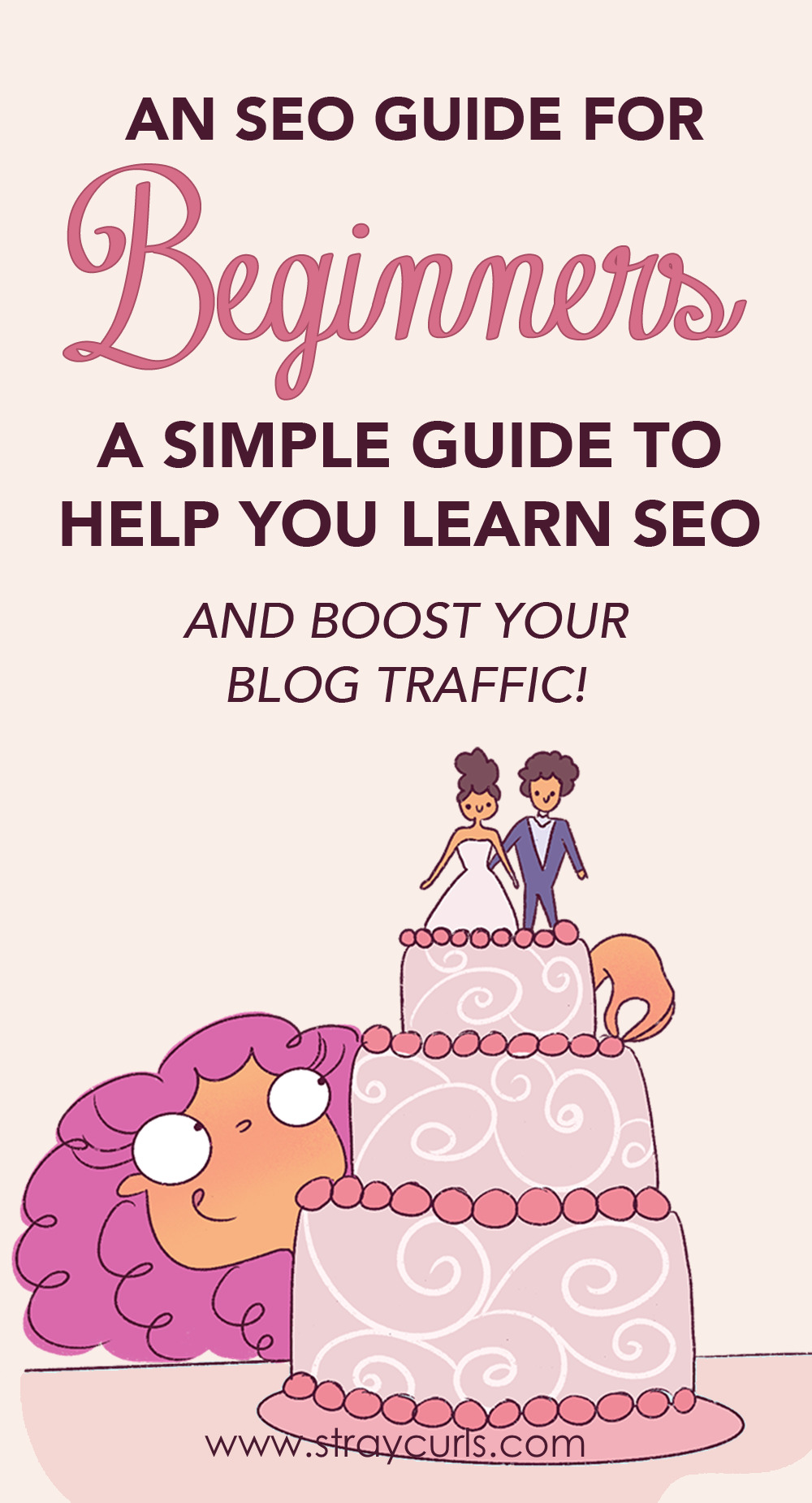
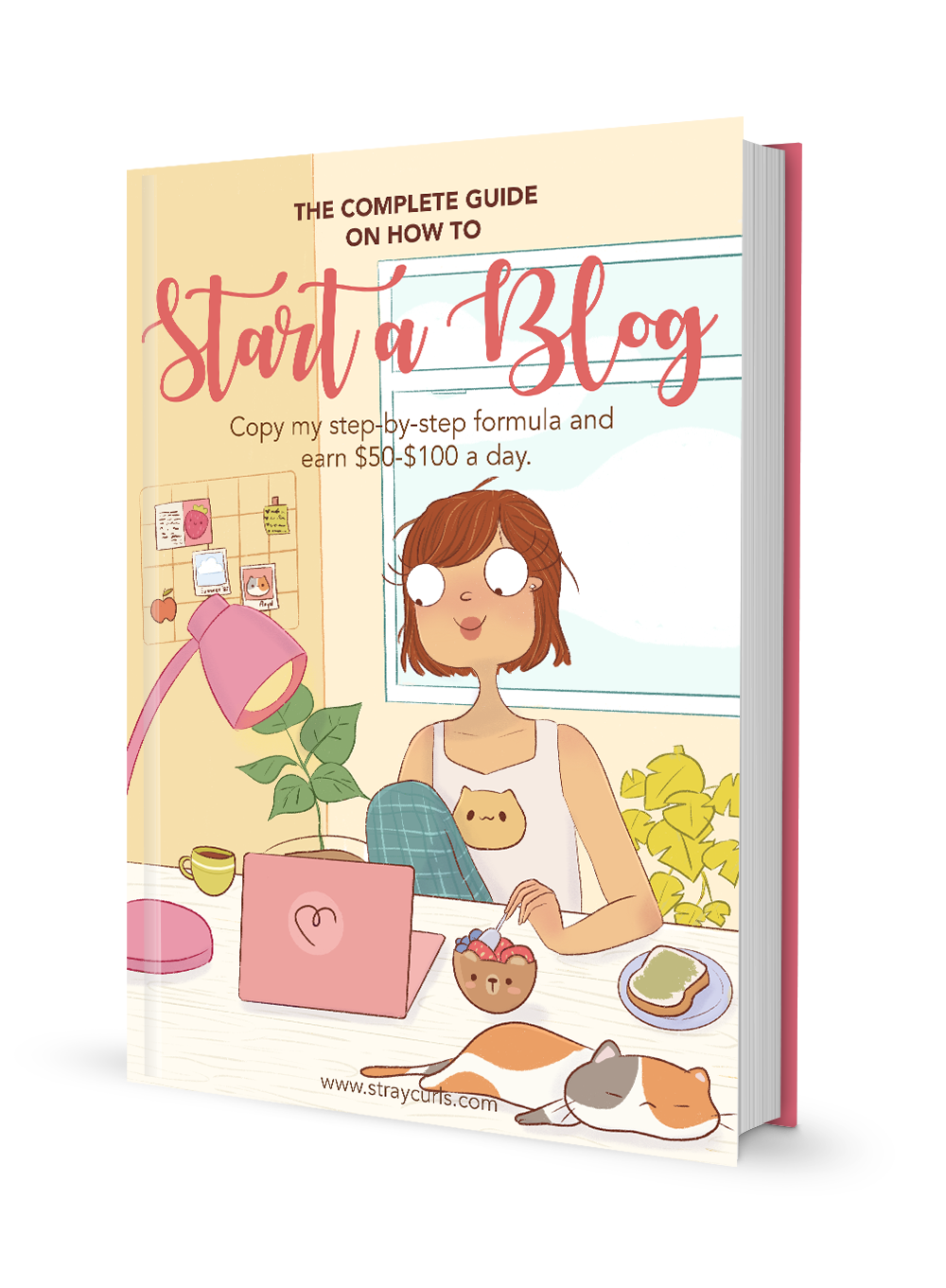
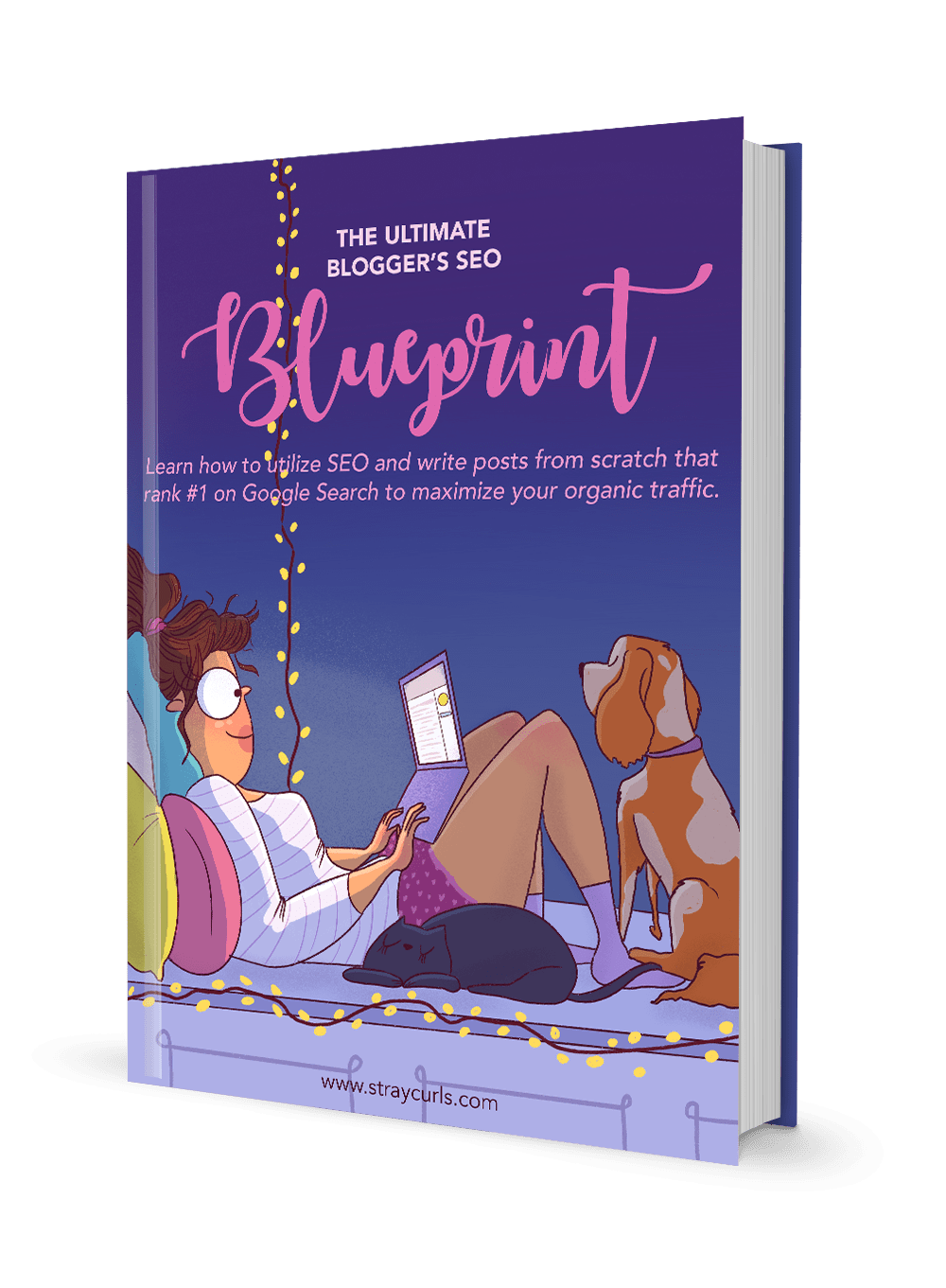
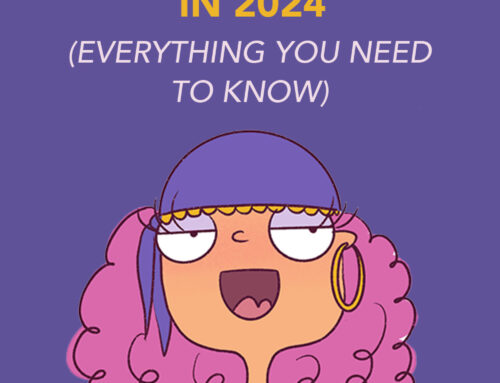
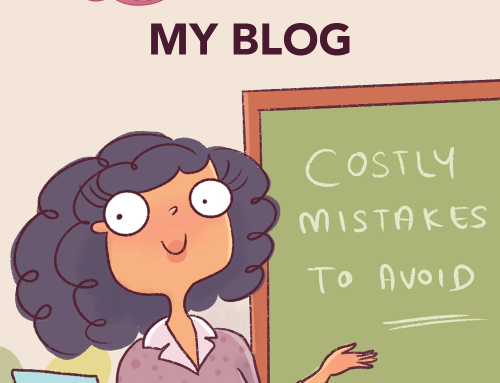
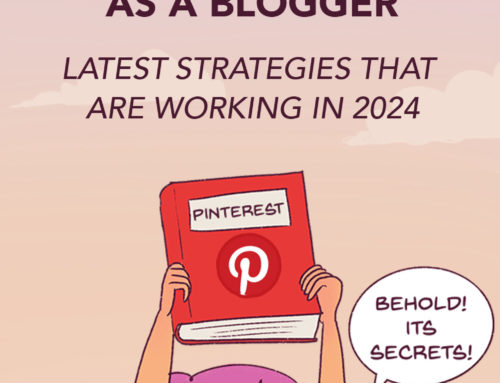
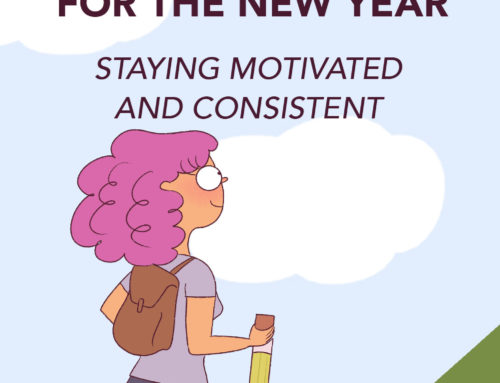
![New Niche Blog [My Case Study]](https://www.straycurls.com/wp-content/uploads/2023/08/new-niche-blog-case-study-500x383.jpg)
I have all your SEO books and I still appreciate the information on this post. It summed it all up. But I struggle a lot with images, like I put unique images to all blog posts and I find it daunting to have to rename each image after downloading then uploading them and then have to put alt tag and title of images and I just can’t figure how to describe the image and fit it into SEO at the same time and not repeat myself. Do you have a better approach?
Hey Amira,
Unfortunately, there is no shortcut to this – it’s totally okay if the image name or the alt tag repeats – it doesn’t have to be so long that it’s unusual or unnatural. The reason for an alt tag is to be descriptive – for Blind people who surf the web, the alt tag is read out loud, so you can name it as “picture of a plant on a table” or “image of 3 happy women” but if you’re trying to also hit SEO targets, you can say, “how to water your plant, image of a woman watering her plant” and by adding 2 modifiers – 1 for description and 1 for SEO, you’re hitting both. Please don’t worry about repeating – you’re in 1 niche, your image descriptions will repeat – it’s normal.
Warm regards,
Angela
Hey Angela!
I just bought your 24 Month Blog Plan, and I’m really enjoying it. While I was reading it, I was wondering about Cup Of Jo blog strategy. Do you know this blog? It’s a lifestyle blog, with short posts, and it seems Joanna Goddard (the writer) don’t follow any SEO strategy. How did she manage to generate this traffic without SEO? Was it just through consistency in posting?
Hey Priscila,
So good to hear from you. Lifestyle blogs did really well in the early 2000s, because back then, Google wasn’t so keen on niche blogging and pretty much anybody could rank since the competition was so low. During this time, the lifestyle blogs built their email lists and relied on social media, so they have an already-existent audience and no longer need to rely on Google Search.
Their SEO isn’t great – but because the photos are original, and she’s built a cohesive brand – it helps built authoritativeness and trustworthiness. These are important ranking factors as well.
She may not come up for specific terms – but getting traffic isn’t an issue because she isn’t relying on Google Search.
Niche blogs are still important but it never hurts to try and see if lifestyle blogging can help – if you diversify your traffic and use a combination of social media, google search and email – I think it’s okay.
I hope this answers your question – happy to help if you have more doubts.
Warm regards,
Angela